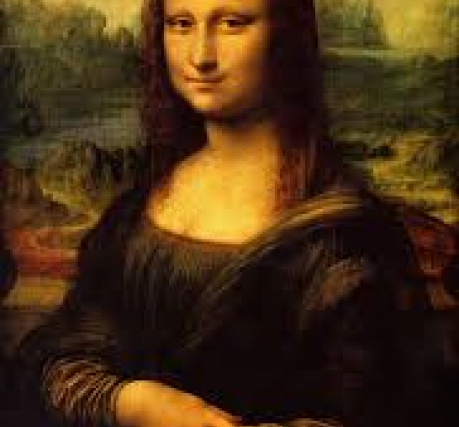
An Italian heritage brings with it a heightened awareness of the History of Art and how it has shaped society. Leonardo as Polymath, has long been a hero of mine, the Thought Leader of his time, but it was only when I watched Imagine this week on the continuing influence of The Prince written by his friend Machiavelli, that I really started to question the inspirational duo that they must have been. The fascinating conversations that must have ensued which inspired them both to make new thought connections and perhaps change the way they viewed the world. Not an art historian, I can only base my thoughts on assumptions and readings but it does throw in the question of sinner vs saint and the social variables that lead us all, whether artists, businessmen or politicians to a new creative breakthrough.
In the year of 1502, Da Vinci was hired by Cesare Borgia as a chief military engineer in the Borgia’s ever increasing desire for more lands and power. On this occasion, it was the lands of Pisa in the region of Emilia Romagna (neighbours my home of Friuli-Venezia) which were in the Borgia’s sights. What weapon of mass destruction could Leonardo construct that would bring Pisa to its knees and provide Cesare with a new Princedom? In a moment of pure genius, Da Vinci suggested ‘stealing’ the river Arno from under the Pisano’s. The Arno, common to Florence as well as Pisa, as with all major cities, was the beating heart to its very existence. Such a brief seems odd for Leonardo to accept in light of his normal inspiration in pure knowledge, but I like to imagine his motivation was that of any scientist or artist; the logical, analytical solution to a challenging problem or the financial means to continue his work.
Truly amazing sketches by The Engineer addressed the design brief through a system of dams, locks and canal re-routing the entire body of the Arno to Florence. Such a grand scheme with such enormous political ramifications for the political machine in Florence, was overseen by Machiavelli as emissary.
The conversations that followed can only be imagined between The Artist, The Warrior and The Politician. Fortunately, Da Vinci’s ideas were far too ahead of their time and the engineering challenges beyond the realms of 16th century technology. Yet the project resulted in two of the greatest works in history, one in literature and political philosophy and the other in art.
The book was ‘The Prince’, which, whatever your views, was a brilliant summary of the power skills needed for any great leader based in a world of real human behaviour as opposed to the one we idealise. The painting, was The Mona Lisa. Da Vinci had spent so long examining the Arno, that he painted it flowing through the back of this iconic picture.
Not bad for a conversation along a river and the type of cross fertilisation of ideas that leads to all great innovation.
